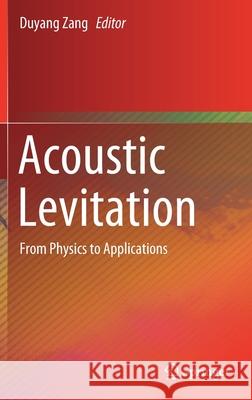Acoustic Levitation: From Physics to Applications » książka
topmenu
Acoustic Levitation: From Physics to Applications
ISBN-13: 9789813290648 / Angielski / Twarda / 2020 / 179 str.
Acoustic Levitation: From Physics to Applications
ISBN-13: 9789813290648 / Angielski / Twarda / 2020 / 179 str.
cena 722,88
(netto: 688,46 VAT: 5%)
Najniższa cena z 30 dni: 655,41
(netto: 688,46 VAT: 5%)
Najniższa cena z 30 dni: 655,41
Termin realizacji zamówienia:
ok. 22 dni roboczych
Dostawa w 2026 r.
ok. 22 dni roboczych
Dostawa w 2026 r.
Darmowa dostawa!
Kategorie:
Kategorie BISAC:
Wydawca:
Springer
Język:
Angielski
ISBN-13:
9789813290648
Rok wydania:
2020
Wydanie:
2020
Ilość stron:
179
Waga:
0.45 kg
Wymiary:
23.39 x 15.6 x 1.27
Oprawa:
Twarda
Wolumenów:
01
Dodatkowe informacje:
Wydanie ilustrowane











